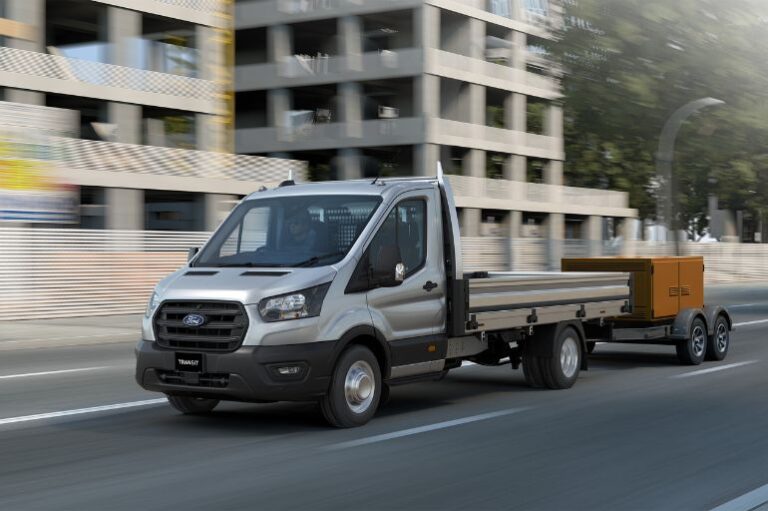Choosing the right vehicle for a fleet isn’t just about following trends – it’s about selecting what’s truly fit-for-purpose. In Australia, that decision often comes down to one key question: van or ute?
While European fleets overwhelmingly prefer vans for their practicality and efficiency, Australian businesses continue to favour utes, particularly in industries like construction, mining, and utilities. But which option really delivers the best value and functionality? And how do fleet managers determine what’s fit-for-purpose?
What Does Fit-for-Purpose Really Mean?
For fleet managers, “fit-for-purpose” means selecting vehicles that not only meet operational needs but also align with broader business goals—whether that’s cost efficiency, safety, environmental impact, or employee satisfaction. It’s about striking the right balance between functionality and total cost of ownership while ensuring the vehicle can handle the specific demands of the job.
Vans: The Practical Workhorse
Vans bring several clear advantages when it comes to fit-for-purpose assessments, especially for urban or delivery-focused fleets:
- Enclosed Cargo Space – Vans offer a secure, weather-proof cargo area, protecting tools, equipment, or goods from theft and the elements. For fleets transporting high-value items or sensitive materials, this is a significant advantage.
- Cargo Customisation – The flat, enclosed space inside a van can be customised with shelving, partitions, or refrigeration units, making it ideal for tradespeople, couriers, and specialty businesses.
- Efficiency – Vans generally offer better aerodynamics than utes with trays, improving fuel economy, particularly important for fleets covering long distances or operating in urban environments.
- Loading Practicality – With lower floors and wide access points, vans are easier to load and unload, reducing strain on workers and improving turnaround times.
Utes: Built for Australia’s Tough Conditions
Utes, however, dominate Australia’s fleet landscape for good reasons—many tied to the unique conditions and industries prevalent here:
- Versatility and Off-Road Capability – Utes, especially 4×4 models, are built for rugged terrain. In industries like mining, agriculture, or construction, where vehicles need to traverse unsealed roads or rough job sites, a van simply doesn’t cut it.
- Payload Flexibility – Utes with trays can carry irregular or oversized loads that wouldn’t fit into a van. Tradespeople often value the open tray for transporting ladders, pipes, or machinery.
- Towing Capacity – Many utes offer superior towing capabilities, making them ideal for fleets that need to haul trailers, heavy equipment, or even mobile workstations.
Choosing What’s Right: A Matter of Use Case
Ultimately, selecting between a van and a ute comes down to understanding the specific use case:
- Urban delivery or trades? A van’s enclosed cargo area, efficiency, and ease of loading often make it the better fit.
- Remote worksites or heavy equipment transport? A ute’s durability, off-road capability, and towing strength shine.
- Fit-for-purpose also involves thinking beyond the vehicle itself—considering factors like safety features, emissions, driver comfort, and total cost of ownership.
The Future: A Shift Towards Practicality?
As fleets focus more on reducing emissions and improving operational efficiency, vans—especially electric models—may start gaining ground in Australia. But with the country’s unique geography and heavy industries, utes will likely remain a staple for fleets where rugged versatility is essential.
In the end, the best vehicle is the one that seamlessly meets the demands of the job—whether that’s a van, a ute, or something in between. For fleet managers, making the right call on fit-for-purpose is where true value lies.






